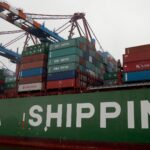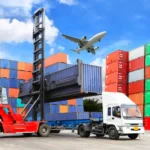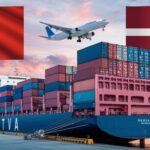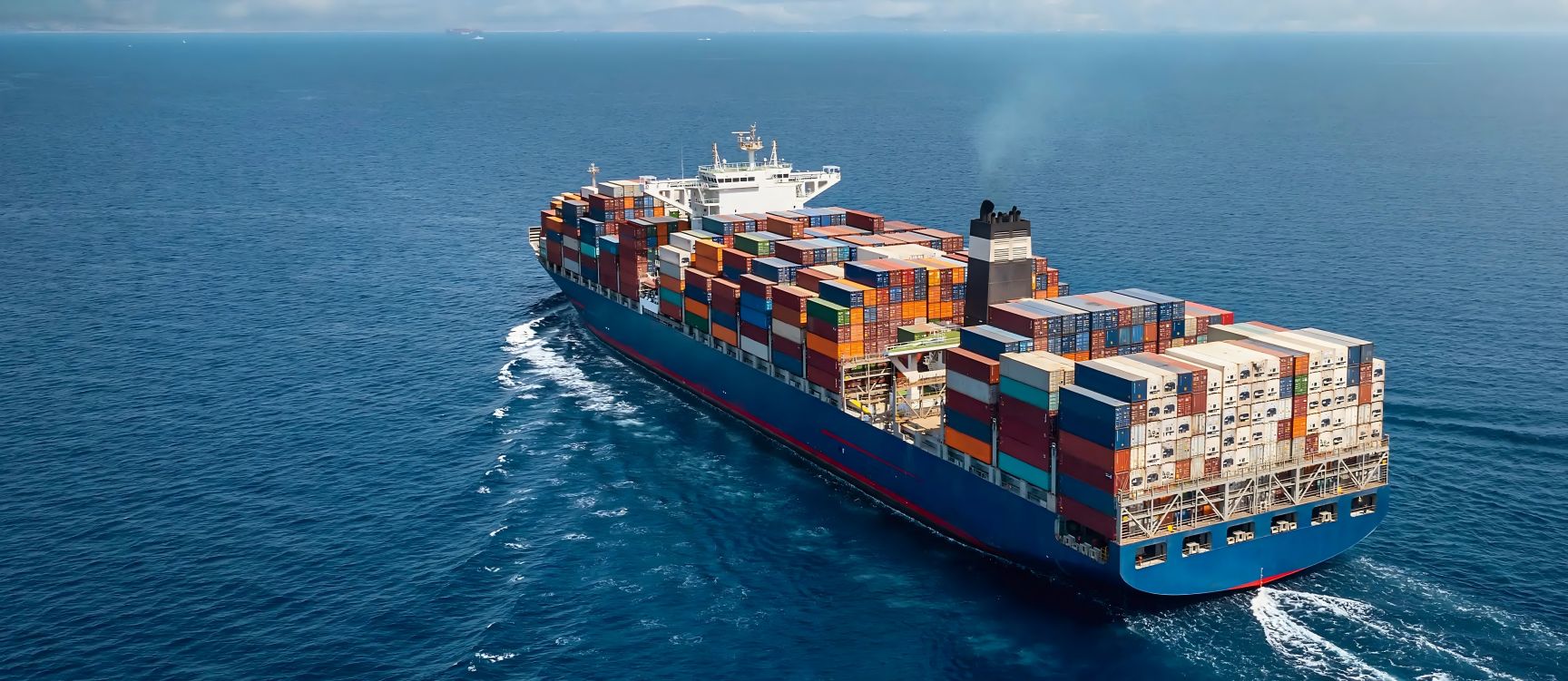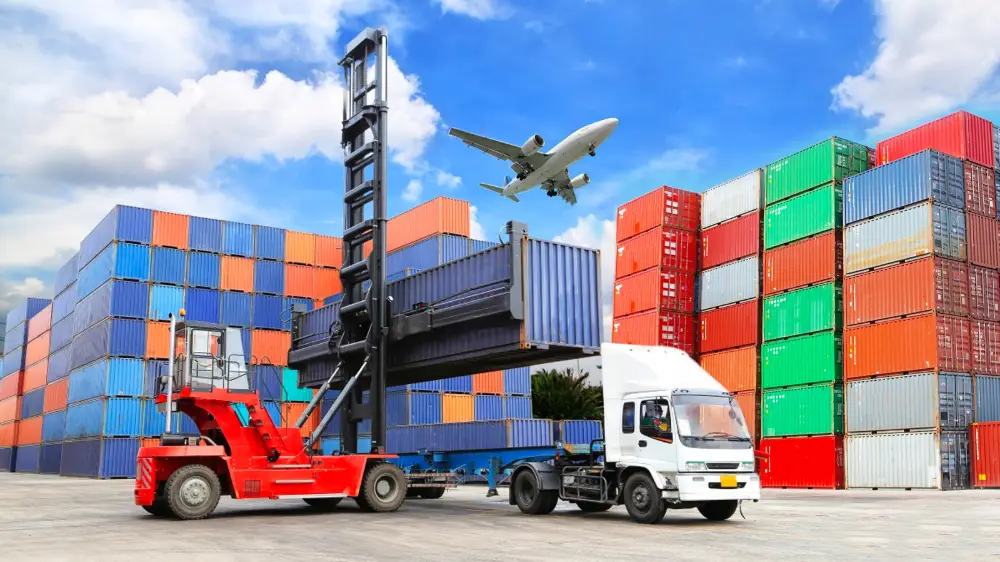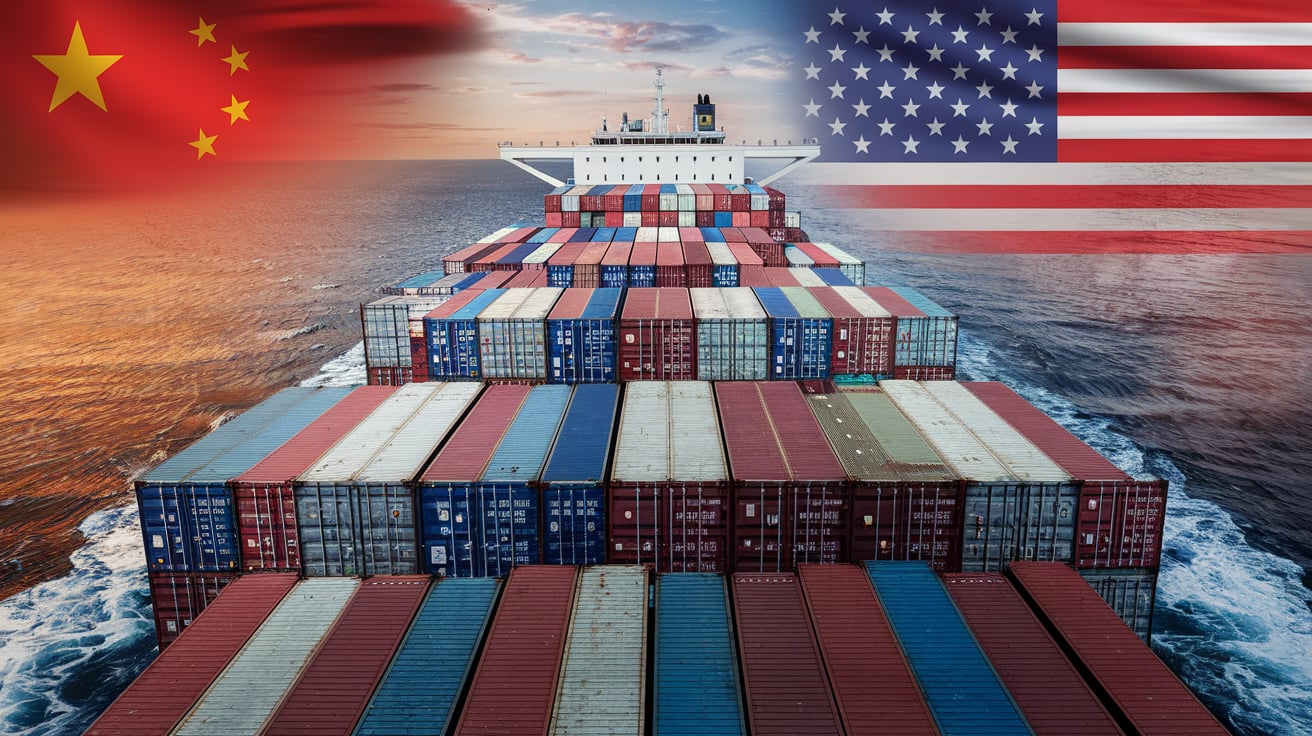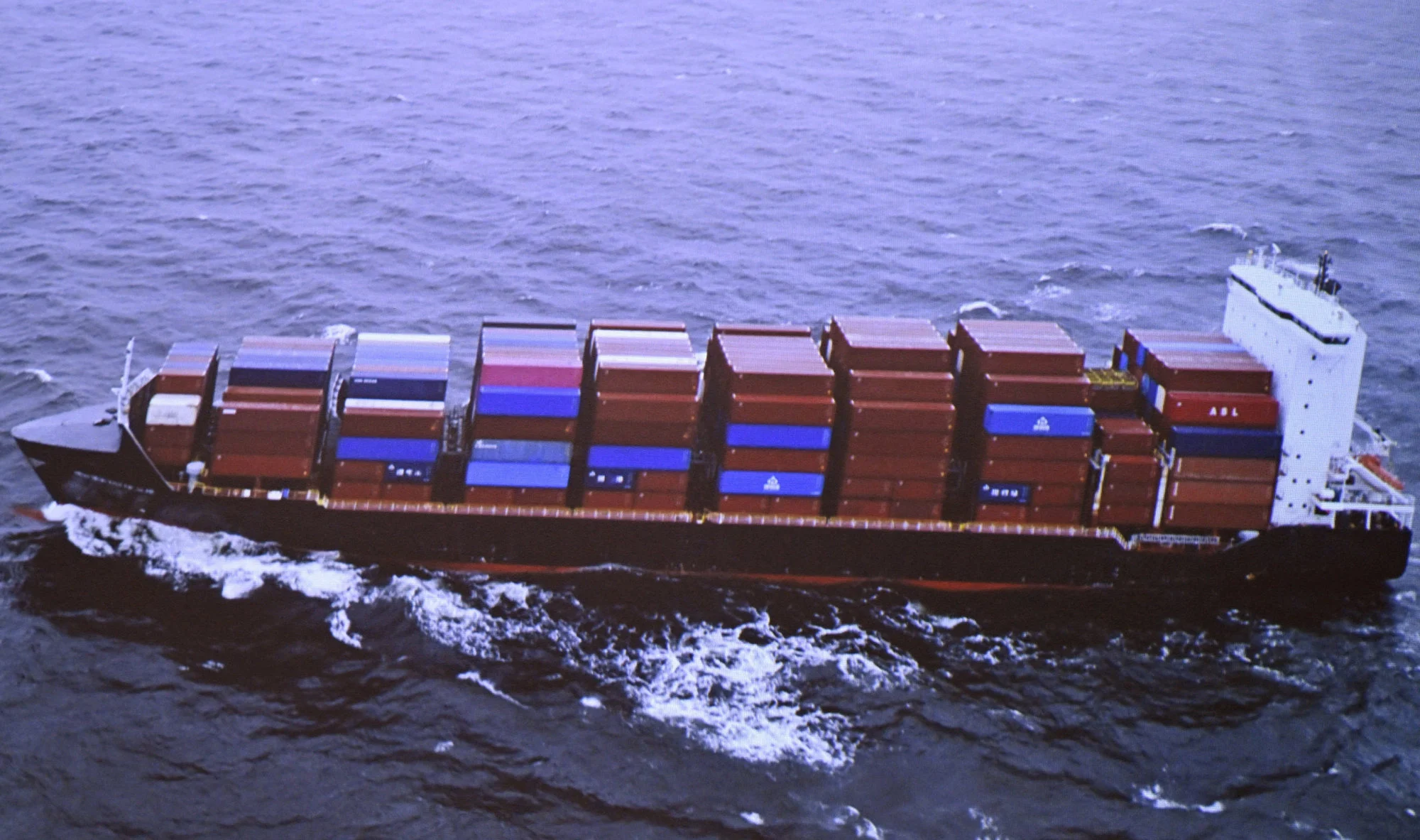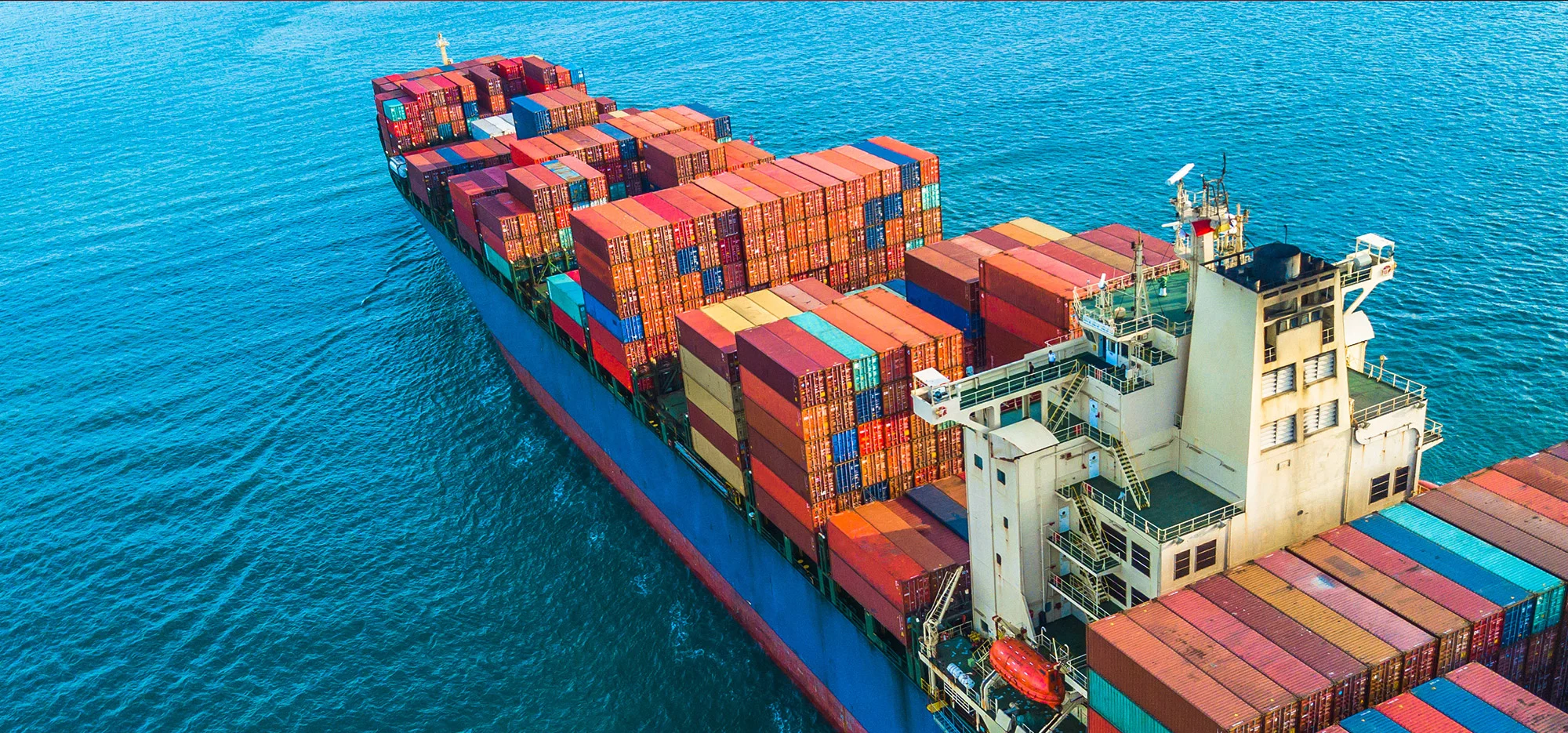Shipping goods internationally, particularly from China to Canada, is a multifaceted process influenced by a myriad of factors. For importers, understanding these dynamics is crucial to managing costs effectively and ensuring seamless operations. The shipping industry has experienced significant changes over the years due to advancements in technology, shifts in global trade policies, and fluctuations in market demands. This guide will equip you with the knowledge necessary to make informed decisions. We’ll explore the different methods of shipping, break down the cost components, and discuss strategic options such as Delivered Duty Paid (DDP) shipping. By the end of this blog, you’ll have a comprehensive understanding of how to navigate the complexities of shipping from China to Canada, ultimately helping you to save time and reduce costs.

Table of Contents
Factors Influencing Shipping Costs
Shipping costs are not static and can vary widely based on several influencing factors. Here, we delve into the primary factors that play a significant role in determining the cost of shipping from China to Canada.
1 Type of Shipping Method
The method of shipping you choose significantly impacts the overall cost. There are three primary shipping methods to consider:
- Sea Freight: Often the most cost-effective option for large, heavy shipments. It’s slower compared to air freight but ideal for bulk goods. Sea freight can be further divided into Less than Container Load (LCL) and Full Container Load (FCL).
- Air Freight: Faster but more expensive than sea freight. Ideal for smaller, high-value, or time-sensitive shipments.
- Rail Freight: An intermediate option in terms of cost and speed, though its feasibility depends on the specific route and infrastructure.
Understanding the pros and cons of each method is crucial in selecting the most appropriate one for your shipping needs.
2 Distance and Transit Time
The distance between the origin and destination ports directly influences shipping costs. The longer the distance, the higher the cost due to fuel consumption, labor, and other operational expenses. Transit time is also a critical factor; expedited shipping options will generally be more expensive.
Shipping from coastal cities in China (such as Shanghai, Guangzhou, and Shenzhen) to major Canadian ports (such as Vancouver, Toronto, and Montreal) offers varied transit times and costs. It’s essential to consider trade-offs between speed and cost when planning your shipments.
3 Weight and Volume
Shipping costs are often calculated based on the weight and volume of the cargo. There are two main considerations:
- Actual Weight: The physical weight of the shipment.
- Chargeable Weight: A combination of the shipment’s gross weight and its volume, often calculated using dimensional weight formulas.
Carriers will charge based on whichever is higher—actual weight or chargeable weight. Efficiently packing and consolidating shipments can help minimize costs related to weight and volume.
4 Seasonal Variations
Shipping costs can fluctuate based on seasonal demand. Peak seasons, such as the period leading up to Chinese New Year, Golden Week, and Western holidays like Christmas, often see increased shipping rates due to higher demand and limited capacity.
To mitigate the impact of seasonal variations, it’s advisable to plan shipments well in advance and consider alternative shipping methods or routes during peak times.
Detailed Cost Breakdown
A thorough understanding of the different cost components involved in international shipping is essential for accurate budgeting and cost management. Here, we break down the various costs associated with shipping from China to Canada.
1 Freight Charges
Freight charges are the base cost for transporting goods from one location to another. These charges can vary significantly based on the chosen shipping method:
- LCL (Less than Container Load): Suitable for smaller shipments that do not require an entire container. Costs are based on volume (cubic meters) or weight.
- FCL (Full Container Load): Ideal for larger shipments that can fill a container. Costs are generally more predictable and can be more cost-effective for high-volume shipments.
2 Surcharges and Additional Fees
In addition to base freight charges, various surcharges and additional fees may apply. Common surcharges include:
- Bunker Adjustment Factor (BAF): A surcharge to account for fluctuations in fuel prices.
- Currency Adjustment Factor (CAF): A surcharge to account for currency exchange rate fluctuations.
- Peak Season Surcharge (PSS): Applied during periods of high demand.
Other potential fees may include port handling charges, documentation fees, and security charges. It’s essential to understand these additional costs to avoid unexpected expenses.
3 Customs Duties and Taxes
When importing goods into Canada, customs duties and taxes are inevitable. These costs can vary based on the type of goods, their value, and the trade agreements in place. Key components include:
- Customs Duties: Taxes imposed on imported goods based on their classification and value.
- Goods and Services Tax (GST): A federal tax applicable to most imported goods.
- Provincial Sales Tax (PST) or Harmonized Sales Tax (HST): Additional taxes that may apply depending on the destination within Canada.
To accurately calculate these costs, it’s crucial to familiarize yourself with the Harmonized System (HS) codes for your products and utilize online tools or consult with a customs broker.
By understanding and managing these cost components, importers can better plan their budgets and optimize their shipping strategies from China to Canada.
Door-to-Door Shipping: The DDP Option
1 Understanding Delivered Duty Paid (DDP)
Delivered Duty Paid (DDP) is a service where the seller is responsible for all costs and risks associated with the delivery of goods to the buyer’s specified destination. This includes shipping, duties, and taxes. Under DDP terms, the seller bears the responsibility for clearing the goods for export, handling freight charges, and managing import duties and taxes upon arrival.
Benefits of DDP:
- Simplified Logistics: The seller handles the entire logistics process, from the origin to the final destination, reducing the administrative burden on the buyer.
- Cost Predictability: Buyers receive an all-inclusive price, which minimizes unexpected costs and simplifies budgeting.
- Reduced Risk: The seller assumes all risks during transit, which can be particularly advantageous for high-value shipments or sensitive goods.
2 Cost Implications of DDP
While DDP offers convenience and reduced risk, there are cost implications to consider:
- Higher Upfront Costs: Since the seller consolidates all expenses into the total price, the upfront cost for the buyer may be higher compared to other shipping terms.
- Convenience Premium: The added convenience of not dealing with customs clearance and other import formalities can come at a premium.
- When to Use DDP: DDP is particularly advantageous for businesses with limited logistics expertise or those importing high-value goods where risk mitigation is crucial.
Read More:
- What is Delivered Duty Paid (DDP)
- DDP Shipping from China to Saudi Arabia: Cost, Process, and Benefits Explained
Choosing the Right Freight Forwarder
1 Importance of Selecting a Reliable Freight Forwarder
Choosing the right freight forwarder is crucial for optimizing shipping costs and ensuring a seamless logistics process. The key attributes to look for in a freight forwarder include:
- Industry Experience: A knowledgeable freight forwarder with experience in international shipping can navigate complex logistics, regulations, and cost-saving opportunities.
- Comprehensive Service Offering: A forwarder that provides a range of services, including customs clearance, warehousing, and distribution, can manage the entire shipping process efficiently.
- Strong Customer Support: Responsive and informed customer service can significantly streamline the shipping process and address any issues promptly.
2 Recommended Freight Forwarder: Dantful International Logistics
For businesses seeking a dependable logistics partner, Dantful International Logistics is a standout choice. They offer:
- Professional Expertise: A team of logistics professionals dedicated to providing customized and efficient solutions.
- Competitive Pricing: Cost-effective services that do not compromise on quality.
- Comprehensive Services: A one-stop logistics solution, covering everything from freight forwarding to customs brokerage, ensuring a smooth and efficient shipping process.
By partnering with a reputable freight forwarder like Dantful International Logistics, importers can leverage professional expertise to enhance their shipping efficiency and cost management.
Practical Tips for Reducing Shipping Costs
1 Consolidating Shipments
Consolidating shipments is a strategic way to reduce shipping costs. By combining multiple smaller shipments into a single larger one, businesses can achieve:
- Lower Per-Unit Costs: Larger shipments often qualify for bulk rates, reducing the cost per unit of goods shipped.
- Reduced Handling Fees: Fewer individual shipments mean fewer handling and processing fees at ports and customs.
2 Negotiating with Freight Forwarders
Establishing a strong relationship with your freight forwarder can lead to better negotiation outcomes. Here are some tips:
- Volume Discounts: Commit to higher shipping volumes to secure discounted rates.
- Long-term Contracts: Establish long-term contracts to lock in stable pricing and ensure priority service.
- Market Knowledge: Stay informed about market trends and leverage this knowledge in negotiations to achieve better terms.
3 Optimal Packaging Strategies
Efficient packaging can have a significant impact on shipping costs by reducing both weight and volume. Consider these strategies:
- Lightweight Materials: Use materials that are both durable and lightweight to keep the overall weight of the shipment down.
- Space Optimization: Design packaging to maximize space utilization within containers, thereby minimizing unused space and reducing volume-based charges.
- Standardized Packaging: Standardize packaging sizes to streamline handling processes and reduce costs.
By implementing these practical tips, businesses can effectively reduce shipping costs and improve their overall logistics efficiency when importing from China to Canada.
Read More:
- Shpping From China TO UNITED STATES
- Shipping From China TO CANADA
- Shipping from China to Saudi Arabia 2024
- Shipping From China To ALGERIA
- Shipping From China To PHILIPINES
Frequently Asked Questions (FAQ)
Q1: What are the primary shipping routes from China to Canada?
- A1: Common shipping routes include major Chinese ports such as Shanghai, Shenzhen, and Guangzhou to Canadian ports like Vancouver, Montreal, and Toronto. These routes are frequently used due to their established infrastructure and regular shipping schedules.
Q2: How can I calculate customs duties for my imports?
- A2: Use the Canadian Border Services Agency (CBSA) online calculators or consult with a customs broker to determine applicable duties based on your product’s Harmonized System (HS) code. The HS code classifies goods for customs purposes and helps in calculating the duties and taxes.
Q3: What documents are required for shipping from China to Canada?
- A3: Essential documents include a commercial invoice, packing list, bill of lading, certificate of origin, and any applicable permits or licenses. These documents facilitate the customs clearance process and ensure compliance with both Chinese and Canadian regulations.
Q4: How do I choose between LCL and FCL shipping?
- A4: Choose Less than Container Load (LCL) for smaller shipments that do not require an entire container and Full Container Load (FCL) for larger shipments that can fill a container. Consider factors such as cost, volume, and frequency of shipments when making your decision.
Q5: What are Incoterms, and why are they important?
- A5: Incoterms are standardized international trade terms published by the International Chamber of Commerce (ICC). They define the responsibilities of buyers and sellers in international transactions, including who is responsible for shipping, insurance, and customs duties. Understanding Incoterms is crucial for clarifying logistics and cost responsibilities.
References
- International Chamber of Commerce (ICC) on Incoterms:
- ICC Incoterms
- This resource provides comprehensive information on the Incoterms rules, which are essential for understanding international trade terms.
- Canadian Border Services Agency (CBSA):
- CBSA Importing Goods
- The CBSA website offers valuable tools and information for calculating customs duties and understanding import regulations in Canada.
- Freightos on Shipping Costs:
- Freightos Shipping Cost Guide
- Freightos provides detailed guides and resources to help businesses understand and manage shipping costs effectively.

